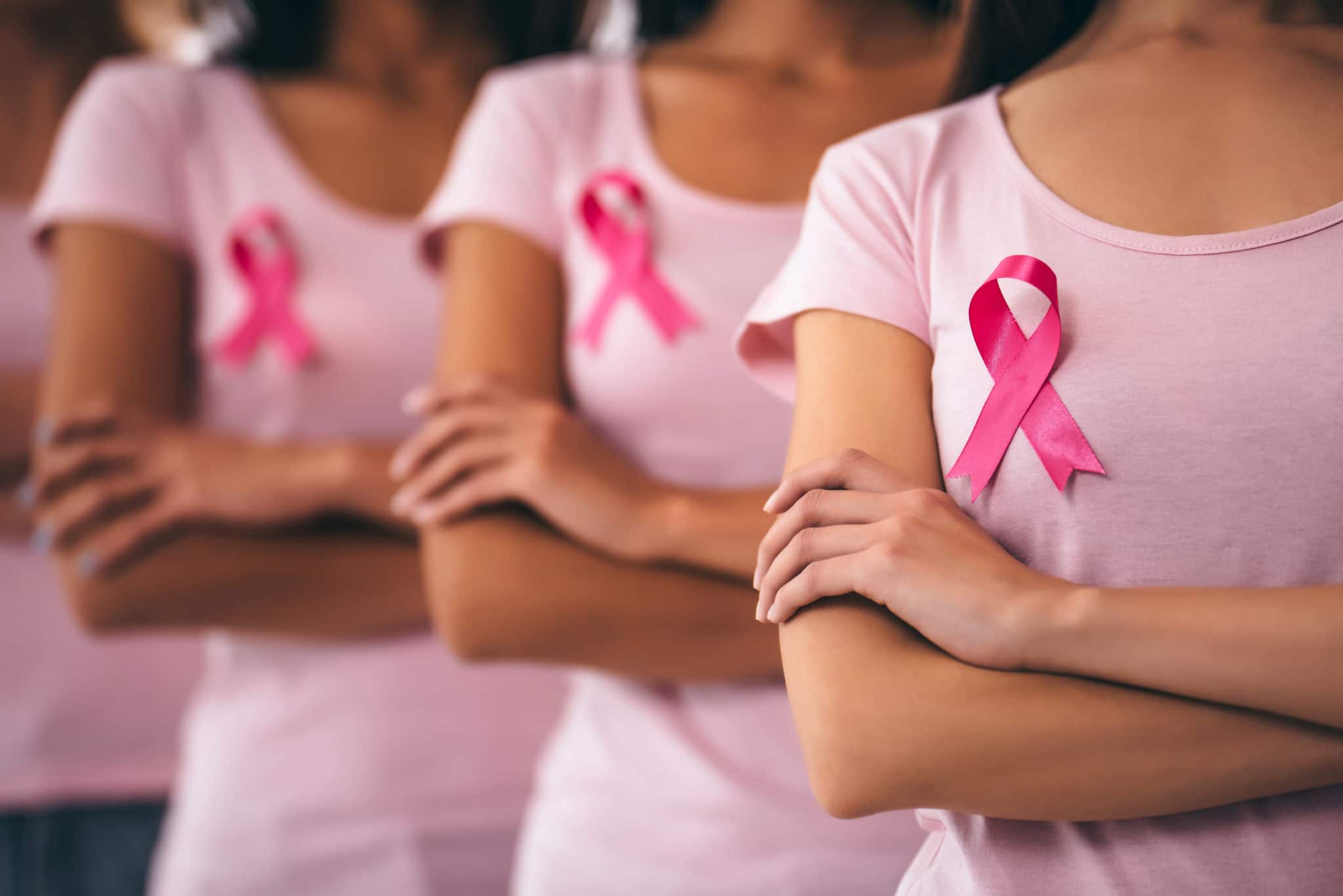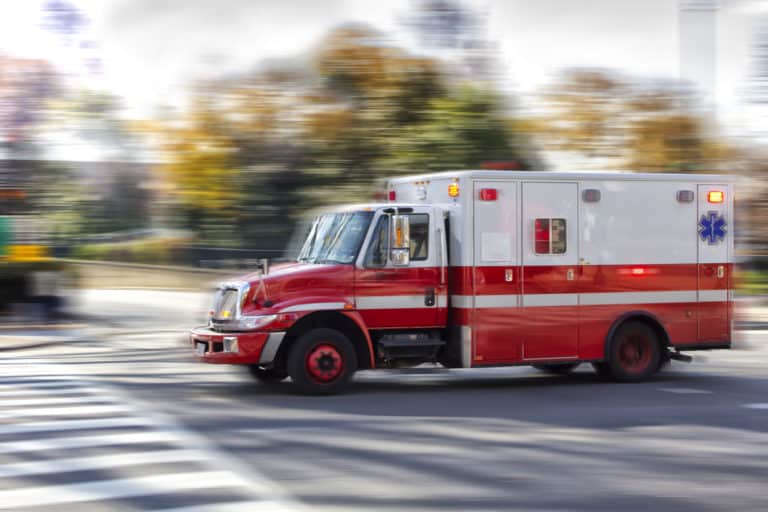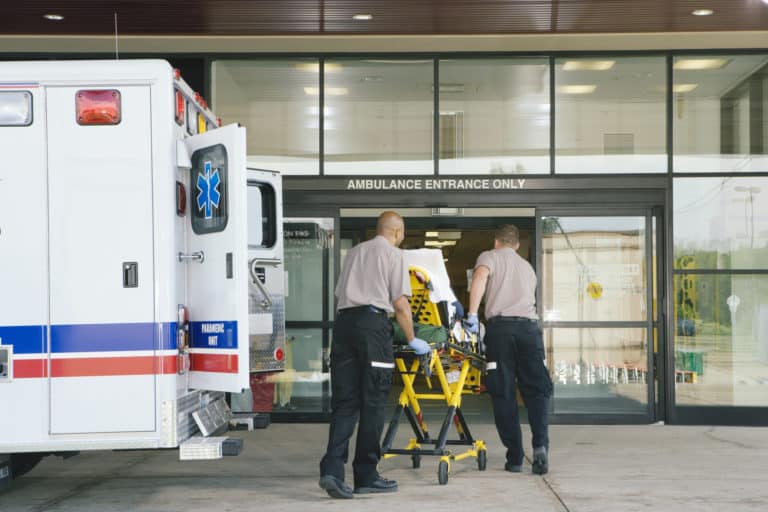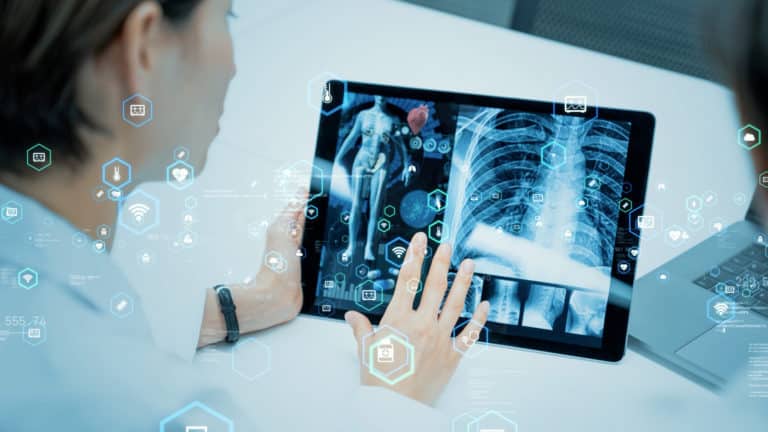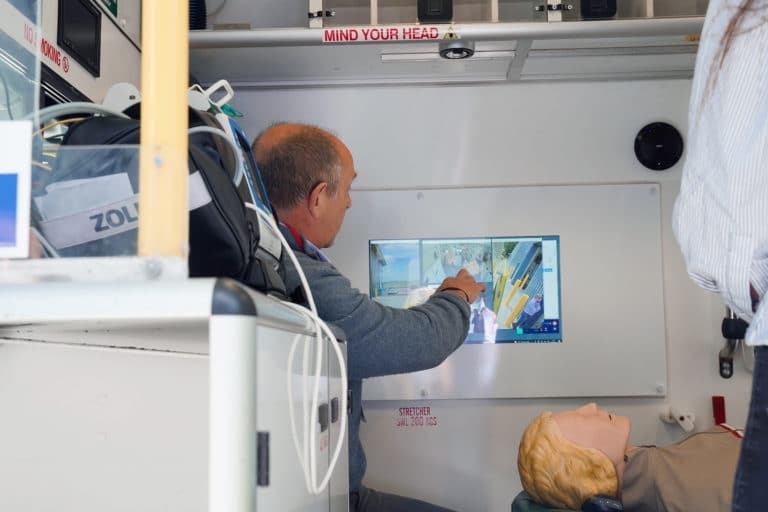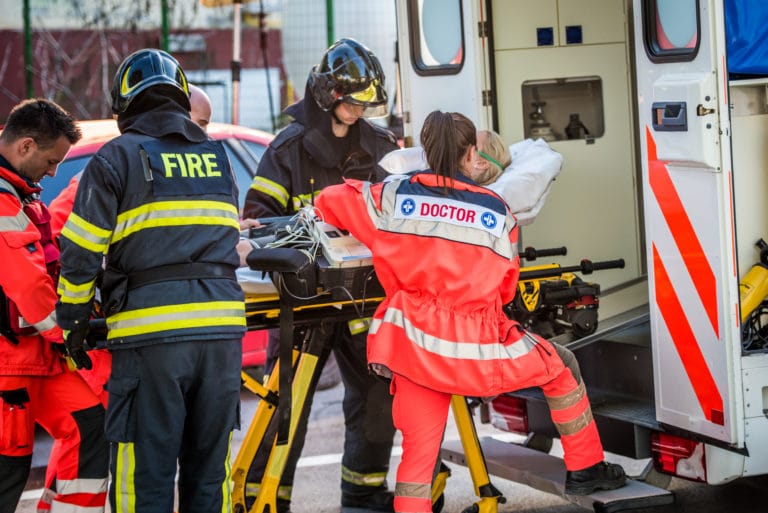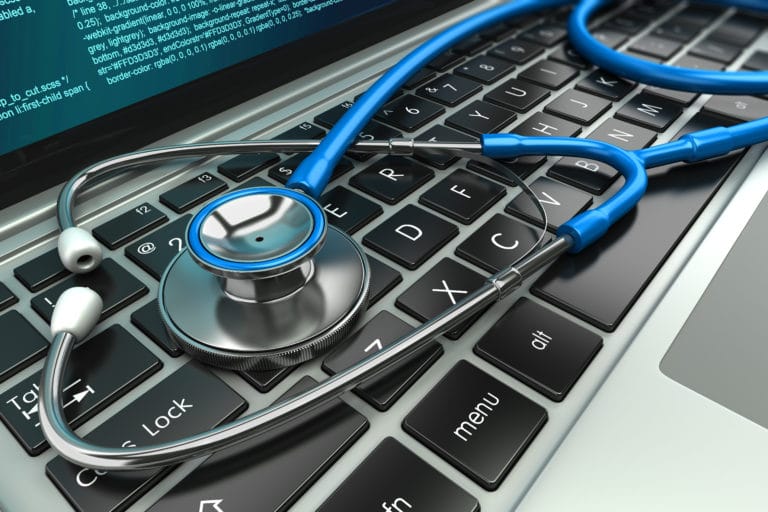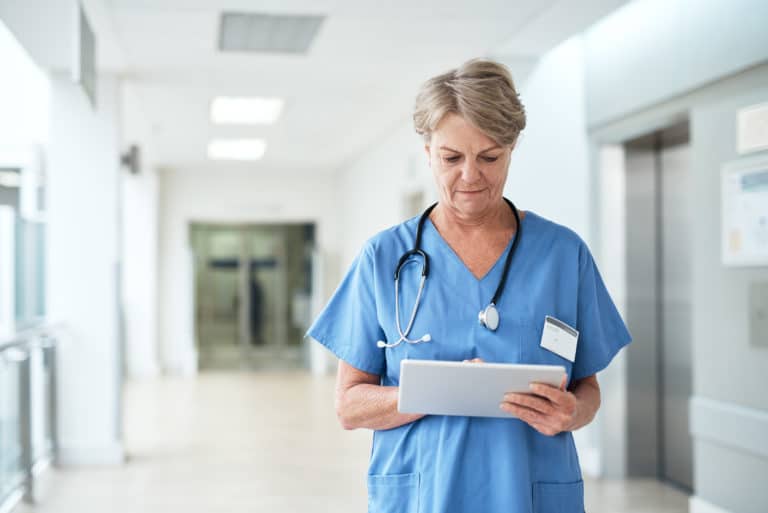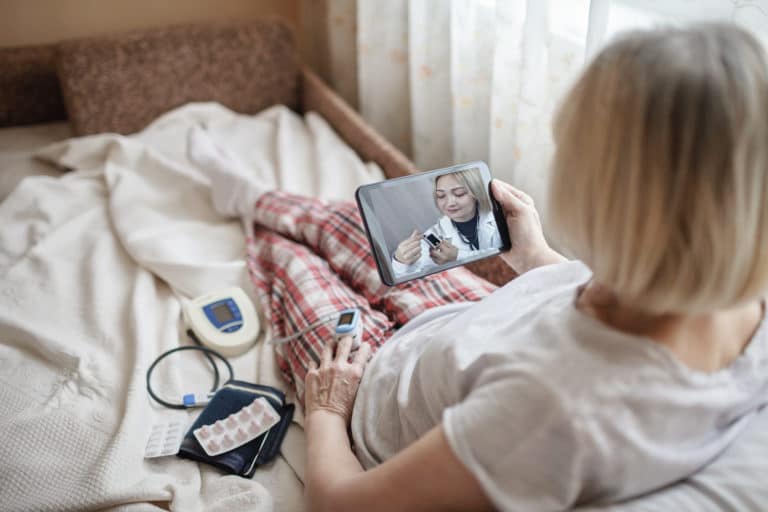Breast Cancer Awareness Month is an international campaign organised by major breast cancer charities in order to raise awareness of the disease and to raise money for research, support, treatment and cures.
It is also a good opportunity to take time to get to know the symptoms of breast cancer and how to perform a self-check. Checking your breasts regularly can help you to understand when something has changed. Our guide takes you through some of the most common symptoms and how to check for them.
How often should you examine your breasts?
Checking your breasts at least once a month around the same time, each time. If you do still menstruate, you can choose to check your breasts a couple of days after your period ends, when your breasts are less likely to be swollen. Breast tissue changes depending on where you are in your menstrual cycle – it is normal to experience lumps and bumps, and occasionally cysts, right before your period. However, if you do feel anything you’re unsure of, always get it checked out by a medical professional.
If you regularly check your breasts, you’re way more likely to notice when something is off. Set a monthly reminder on your phone if you’re like to forget.
Can men get breast cancer?
The quick answer to this is yes, men can get breast cancer. It is, however, much rarer. Breast cancer in men grows in the small amount of breast tissue men have behind their nipples and usually happens in men over 60, but very occasionally younger men.
Much the same as women, men should be checking their breasts and armpits for anything abnormal, and see a doctor if they spot anything.
What are the symptoms of breast cancer?
You’ve had the phone reminder to check your breasts, but what are you looking for? It’s important to note that different people have different symptoms of breast cancer – some people have no signs. With that in mind, some of the symptoms of breast cancer are:
- a lump in the breast of in the armpit
- a change in the size of shape of one or both breasts
- fluid/discharge from either of your nipples
- puckering or dimpling, a rash or redness
- a rash, crusting, scaly or itchy skin or redness on or around your nipple
- a change in the appearance of your nipple
Most breast lumps are not cancerous – but it is always worth checking with your GP to be sure. If something doesn’t seem right or normal for you, get it checked.
What are breast cysts?
Breast cysts are fluid-filled sacs inside the breast. They are often benign, meaning they are non-cancerous. Breast cysts feel a bit like a grape or water-filled balloon, but sometimes they can feel quite firm. They don’t require treatment unless they are painful.
Although they can be found in women of any age, they’re more likely in women before menopause (generally under the age of 50) They also commonly occur in postmenopausal women who take hormone therapy.
Every lump should be investigated. Go to your doctor, and if you’re experiencing pain or discomfort, communicate this. Your doctor may suggest treatment such as aspirating under ultrasound-guided cyst aspiration guidance. This is a simple procedure that involves withdrawing fluid from the cyst which is then sent for review. Cysts aren’t always benign. There may be something inside the cyst growing on the side of the cyst wall, again ultrasound-guided cyst aspiration will help with diagnosis.
How do I check breasts for lumps?
Remember, when it comes to checking your breasts, you’re mainly looking for changes. Checking your breasts regularly is as much about getting to know your ‘normal’ as it is looking for changes to this normal.
- Look at your breasts in the mirror. You should take note of the shape, symmetry, size, colour, signs of swelling and general appearance. Next, raise your arms above your head and check your armpit area, looking for any changes.
- Check your breasts from different angles and positions, such as sitting, lying down and standing up.
- Use your opposite hand to feel your breast and armpit (so your right hand to check your left breast and vice versa).
- Use your fingers in a firm, smooth touch. Start from the nipple and move outwards in a circular motion. Then move your fingers up and down.
- Check your chest wall and collarbone too; changes can happen to the tissue close to your breasts, too.
- Check for leaking, inflammation and redness.
- If you see anything that is abnormal, go to a doctor to get it checked. Checking your breasts is definitely a case of ‘better safe than sorry’.
Don’t panic. See a doctor.
We cannot stress this enough; if you notice something out of the ordinary, call your GP and get an appointment. It’s also incredibly important to book your mammogram when you receive an invite to do so. These are in place to reduce the risk of breast cancer, so don’t hesitate.
Finally, don’t panic if you do find a lump. It may not be breast cancer; sometimes it’s just hormonal changes or something benign. But finding and acting on lumps early can prevent more extensive treatment and surgery later. So act now.

